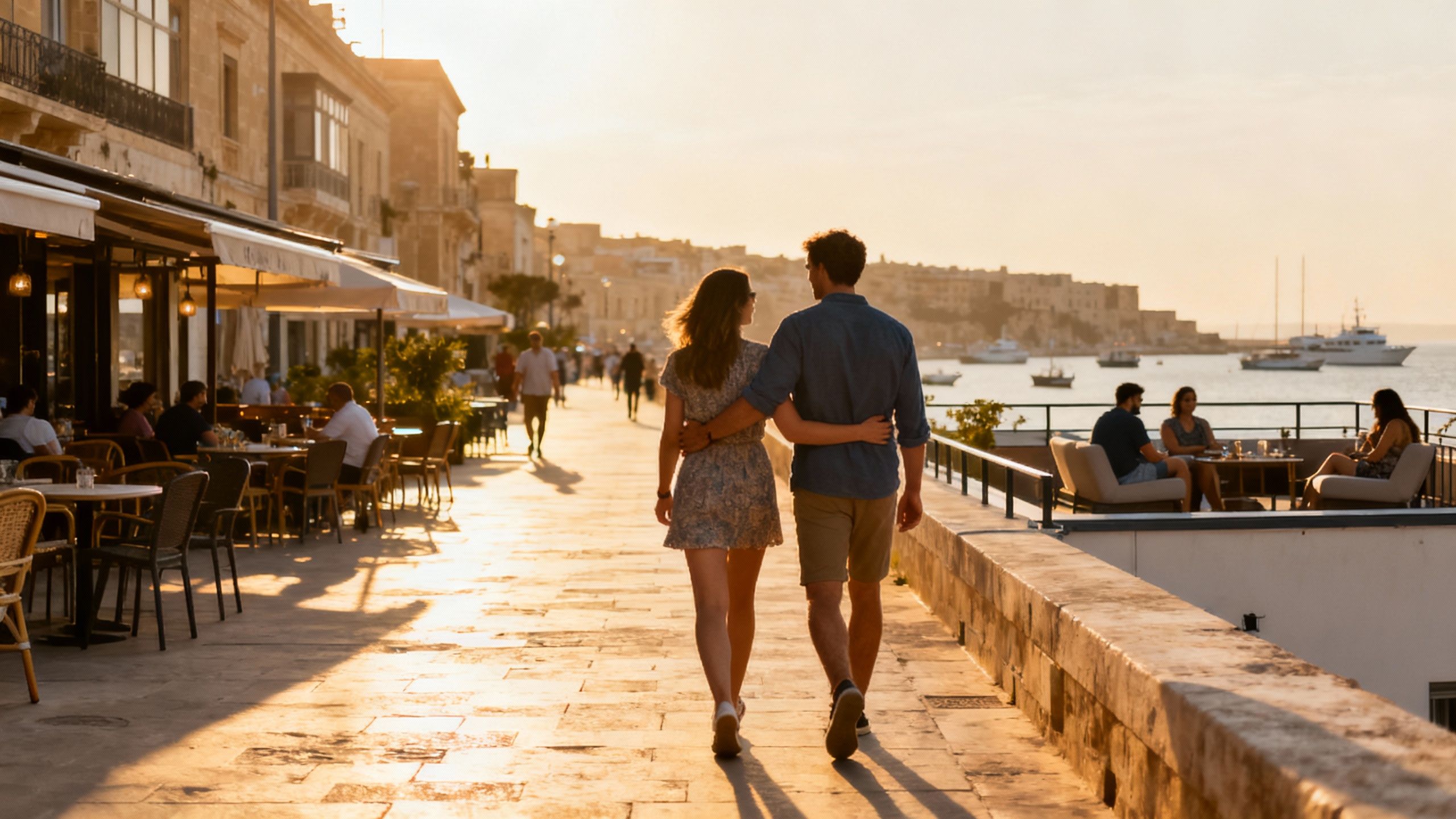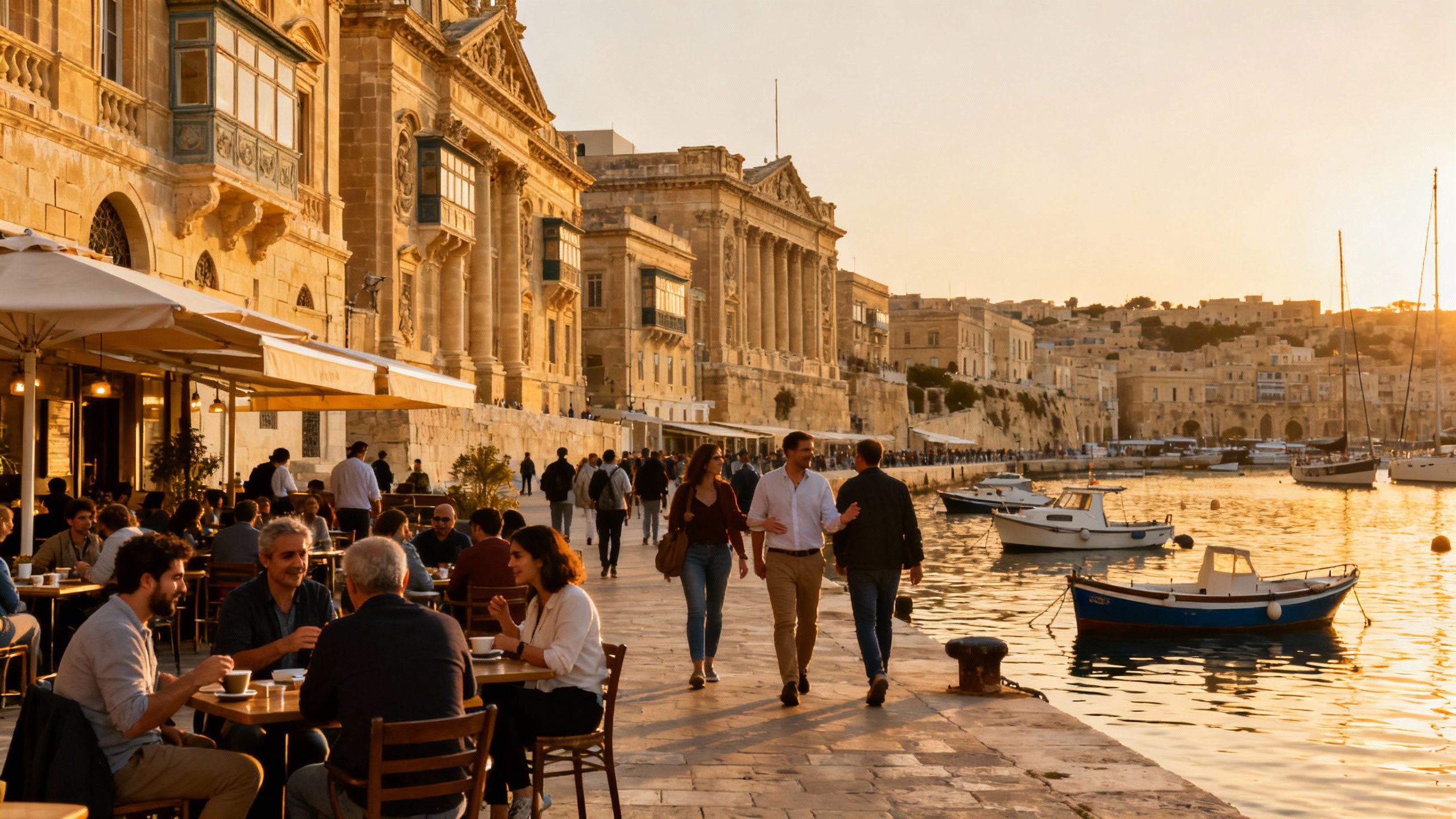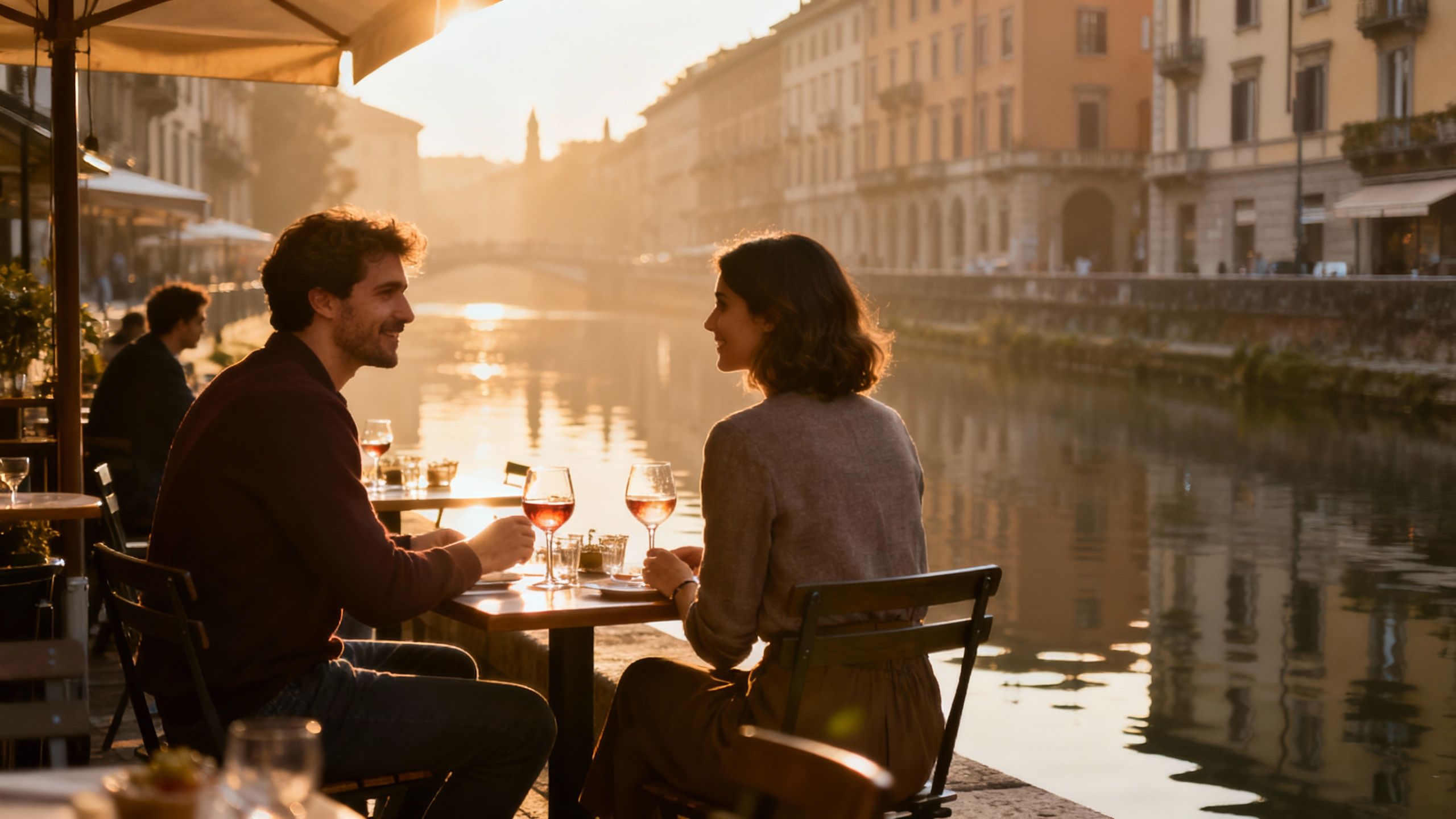France: Lifestyle Comparisons and 2025 Market Signals
Compare the lived realities of Paris, Provence, the Riviera and the Loire — and use 2025 market signals to match lifestyle with sound property choices.
Imagine an autumn morning in Provence: steam from a cafetière, the scent of rosemary from a nearby jardin, and a lane where shutters open to sunlight. France arranges itself around such rhythms — markets before work, long lunches, and neighbourhoods that hold memory. This piece looks beyond the postcard to compare the lived qualities of places international buyers most often consider — Paris arrondissements, Loire valleys, the Riviera and the southwest — and to reconcile the romance with current market signals and practical choices.
Living the French life: what changes, what endures

In Paris a morning can be a study in texture: boulangeries on Rue des Rosiers, the covered stalls at Marché des Enfants Rouges, and gallery doors that open onto courtyards. In provincial towns the tempo shifts — a Wednesday marché in Aix-en-Provence or a Sunday marché in Sarlat sets the week. The particulars — a narrow stone street, an old boulangerie, a town square framed by plane trees — are what you buy into as much as the bricks and beams.
Paris: concentrated culture, distinct quarters
Choose the Marais or Saint‑Germain and you enter strata of history, discreet ateliers, and a daily life organised around cafés and independent booksellers. The trade‑off is density and price: Paris compresses amenities into walkable blocks but also concentrates wealth, meaning the address matters as much as the apartment.
Provence & Languedoc: daylight, markets, and slower time
Aix‑en‑Provence, Uzès or the villages around Nîmes trade architectural pedigree and market life for space: terraces, Provençal façades, and a life lived outdoors. Here the property conversation revolves around land, Provençal stone, attics that convert into studies and the rhythm of harvests and fêtes that structure social life.
Real signals: where the market actually moved in 2025

After several quarters of adjustment, France's housing market showed renewed momentum in early 2025. INSEE reports a rebound in Q1 2025 with house prices up roughly 1.0% quarter-on-quarter and second‑hand prices increasing by about 1.0%, signalling that buyer activity has returned in many regions. These macro facts reshape timing and negotiation dynamics for international buyers who may have assumed the market would remain weak.
What that means for neighbourhood choice
Stability at national scale masks variation. Île‑de‑France remains price‑sensitive and fast to rebound; provincial markets show selective strength — coastal towns on the Riviera and sought‑after heritage villages in the Dordogne or Loire maintain long‑term demand. For the buyer who favours lifestyle over instant capital gain, provincial villages offer space and provenance at more moderate entry points than central Paris.
- Lifestyle highlights to weigh by region:
- Paris arrondissements: unrivalled cultural density, short walks to museums and private clubs
- Riviera (Nice, Villefranche, Saint‑Jean‑Cap‑Ferrat): maritime light, Mediterranean gardens, seasonal cosmopolitanism
- Loire & Dordogne: châteaux, quiet riverside life and properties with clear provenance
Making the move: property types and what they permit
Choice of property is choice of life. A Parisian Haussmannian flat offers formal rooms, high ceilings and proximity; a Provençal mas offers garden rooms, vaulted cellars and the freedom to host. Knowing which features actually improve daily life — generous natural light, quiet courtyard access, storage for seasonal clothing and bicycles — matters more than chasing a showpiece feature.
How local expertise refines the search
A curator‑minded local agent translates lifestyle into technical checks: provenance of renovations, insulation and heating systems (important in older stone houses), access to local schools and marchés, and the rhythm of short‑term demand if you plan to rent. Agencies that understand both patina and practicalities will point to factors you would not think to ask.
- Steps to align a property with how you want to live:
- Visit neighbourhoods at different times (weekday mornings, market days, and evenings) to sense daily life.
- Request detailed provenance on significant works — architect, permits and conservation records — before making an offer.
- Prioritise building fabric (roof, masonry, insulation) over cosmetic finishes; these determine long‑term comfort and costs.
- Engage an agent who can introduce you to neighbourhood gatekeepers — a mairie contact, a local notaire or a trusted builder.
Insider knowledge: expat lessons and surprising truths
Expats often arrive charmed and then surprised: seasonal rhythms change how a place functions, and features sellers prize are not always what you need. For example, an elaborately restored wine cellar is delightful, but adequate heating and masonry repairs matter more to year‑round comfort. Recent data show the market stabilised before a measured rebound in 2025, so patience and selectivity are rewarded.
Cultural nuances that alter where you buy
French buyers value provenance and continuity. You will notice that village committees and long‑established families subtly shape neighbourhood life. Learning a few phrases, attending the local marché, and understanding the annual fête calendar accelerates acceptance and makes practical tasks — from finding craftsmen to navigating municipal permits — far easier.
- Expat real‑talk: pitfalls to avoid
- Assuming seaside towns are quiet year‑round; many are intensely seasonal and change character in winter.
- Chasing “original features” without checking moisture and insulation in older houses.
- Underestimating the value of a local notaire and a trusted surveyor for older properties.
When you combine a clear sense of the life you want with up‑to‑date market intelligence, the decision becomes less about the right region and more about the right street. France rewards patience: the best discoveries are often one turn away from the tourist route — a rue with a single excellent pâtisserie, a square where locals gather at dusk, a townhouse with an unexpected terrace.
Conclusion: fall in love deliberately
Picture the life you want — the morning light, the market you will frequent, the dinner party you imagine — then let data guide when and where to act. Recent INSEE figures indicate a cautious market rebound in 2025, making the present a moment for selective buyers who pair lifestyle clarity with technical diligence. Work with an agency that knows the neighbourhoods as lived places; they will translate local texture into sound investment and a home that endures.
Dutch former researcher who moved to Lisbon, specialising in investment strategy, heritage preservation, and cross-border portfolio stewardship.


